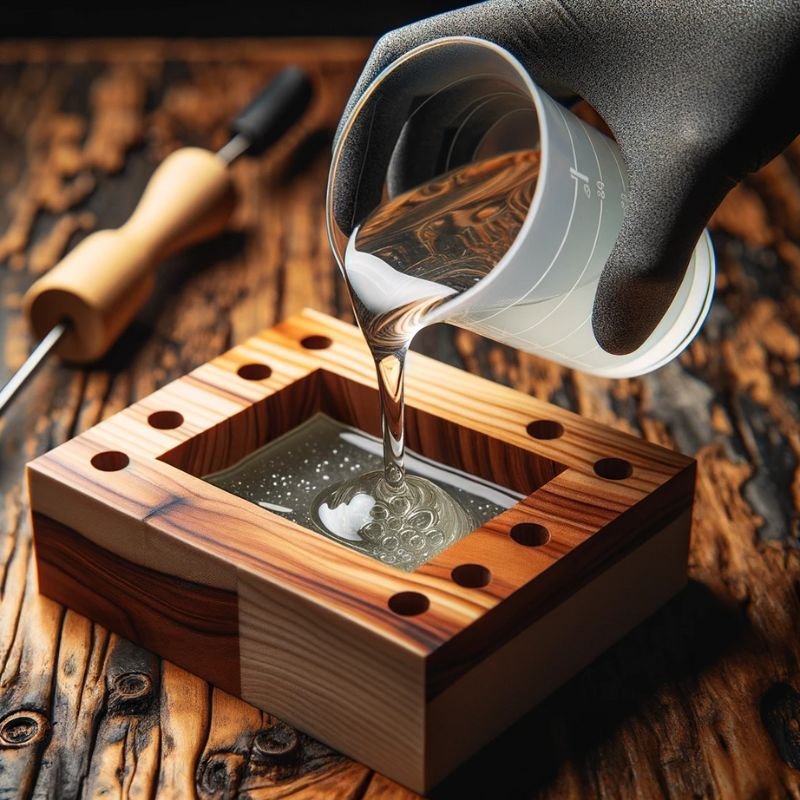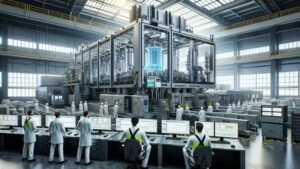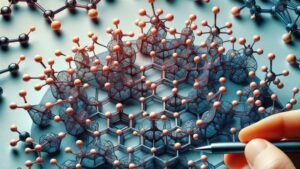Wstęp
Żywica epoksydowa, znana ze swojej wytrzymałości i wszechstronności, doskonale łączy się z procesem formowania wtryskowego. Po połączeniu powstaje solidne i trwałe tworzywo sztuczne, idealne do szerokiego zakresu zastosowań przemysłowych. Związek ten nie tylko zapewnia produkcję wysokiej jakości, wytrzymałych produktów, ale także spełnia wymagania dotyczące precyzji i spójności w różnych sektorach. W kolejnych sekcjach zbadamy intrygującą podróż żywicy epoksydowej, jej interakcję z formowaniem wtryskowym oraz niezwykłe korzyści, jakie ta synergia wnosi do nowoczesnego krajobrazu produkcyjnego.
Historyczne zastosowanie żywicy epoksydowej
Korzenie żywicy epoksydowej sięgają lat trzydziestych XX wieku, a w latach czterdziestych XX wieku rozkwitło jej zastosowanie w protetyce dentystycznej ze względu na jej bezpieczną interakcję z tkankami ludzkimi. Jego podróż rozszerzyła się na różne sektory, takie jak lotnictwo, motoryzacja i budownictwo, ze względu na jego doskonałe właściwości adhezyjne i odporność na korozję. Znaczącym krokiem było zastosowanie go w lotnictwie i kosmonautyce do wytwarzania lekkich, a jednocześnie wytrzymałych komponentów samolotów. Przez dziesięciolecia wszechstronność żywicy epoksydowej stale się zwiększała, znajdując swoje miejsce w niezliczonych zastosowaniach, tworząc solidny fundament dla jej współpracy z technologią formowania wtryskowego.
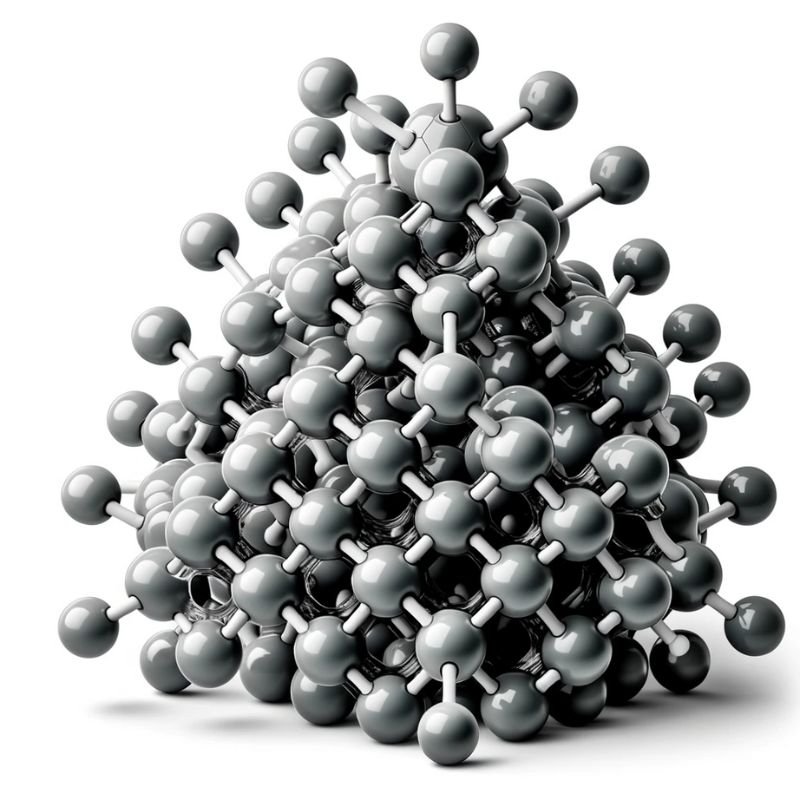
Chemia żywicy epoksydowej
Żywica epoksydowa słynie ze swoich niezwykłych właściwości, a zasługa w dużej mierze wynika z jej unikalnej struktury chemicznej. Sercem żywicy epoksydowej jest termoutwardzalny polimer, wyróżniający się usieciowanymi łańcuchami molekularnymi. Oto uproszczone zagłębienie się w chemię, która wzmacnia żywicę epoksydową.
Struktura molekularna
Żywica epoksydowa składa się z cząsteczek z grupą epoksydową, o reaktywnej strukturze pierścieniowej. Obecność tej grupy epoksydowej jest kluczowa, ponieważ pozwala żywicy reagować z różnymi utwardzaczami lub utwardzaczami, ułatwiając proces sieciowania, który jest podstawą wytrzymałości żywicy epoksydowej.
Proces sieciowania
Kiedy żywica epoksydowa wchodzi w interakcję z utwardzaczem, następuje reakcja chemiczna, w wyniku której powstają wiązania kowalencyjne pomiędzy łańcuchami molekularnymi obu związków. Ten proces sieciowania przekształca płynną mieszaninę żywicy epoksydowej i utwardzacza w stały, nieelastyczny materiał. Powstała usieciowana sieć nadaje żywicy epoksydowej charakterystyczną wytrzymałość, sztywność i odporność na czynniki środowiskowe.
Regulowane właściwości
Godnym uwagi aspektem chemii żywicy epoksydowej jest jej przestrajalność. Zmieniając rodzaje i proporcje żywic i utwardzaczy lub wprowadzając dodatki, można precyzyjnie dostosować właściwości mechaniczne i termiczne powstałego materiału. Ta wszechstronność otwiera szeroki zakres możliwości, dzięki czemu żywicę epoksydową można dostosować do konkretnych potrzeb w różnych zastosowaniach.
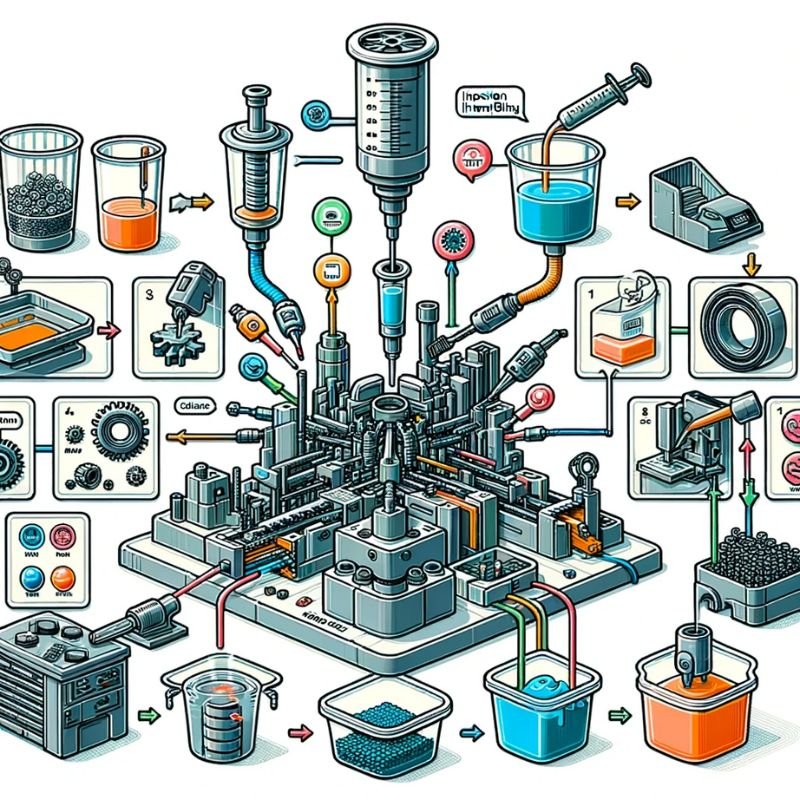
Żywica epoksydowa do formowania wtryskowego
Spotkanie żywicy epoksydowej z formowaniem wtryskowym zwiastuje połączenie siły i precyzji, połączenie sprzyjające tworzeniu bardzo trwałych i dokładnych komponentów. W tej sekcji opisano proces włączania żywicy epoksydowej do formowania wtryskowego i wynikające z tego dobrodziejstwa.
Proces
W typowym cyklu formowania wtryskowego żywica epoksydowa wraz z utwardzaczem jest podawana do podgrzewanego cylindra, gdzie osiąga stan stopiony. Mieszaninę tę następnie wtryskuje się do gniazda formy pod wysokim ciśnieniem. Gdy mikstura osiada w formie, rozpoczyna proces utwardzania, przechodząc ze stanu płynnego do stanu stałego w miarę postępu reakcji sieciowania. Po całkowitym utwardzeniu forma jest otwierana, a gotowa część zostaje wyrzucona i gotowa do wyruszenia w podróż użytkową.
Korzyści ujawnione
Schadza żywicy epoksydowej przy formowaniu wtryskowym to nie tylko proces; to brama do świata korzyści:
- Zwiększona trwałość: Sieciująca chemia żywicy epoksydowej nadaje formowanym produktom doskonałą trwałość. Są odporne na zużycie, korozję i niekorzystne warunki środowiskowe, zapewniając dłuższą żywotność nawet w trudnych warunkach.
- Wysoka wydajność: Precyzja właściwa formowaniu wtryskowemu w połączeniu z wytrzymałością żywicy epoksydowej pozwala uzyskać produkty charakteryzujące się wysoką wydajnością. Ich zdolność do utrzymania integralności pod obciążeniem sprawia, że nadają się do zastosowań krytycznych.
- Opłacalność: Choć koszty początkowe mogą wydawać się znaczne, godna uwagi jest długoterminowa efektywność kosztowa. Trwałość i niskie wymagania konserwacyjne produktów formowanych z żywicy epoksydowej rekompensują początkowe inwestycje, czyniąc je opłacalnym wyborem w dłuższej perspektywie.
- Elastyczność projektowania: Możliwość dostosowania właściwości żywicy epoksydowej i precyzja formowania wtryskowego dają dużą swobodę projektowania. Ta elastyczność ma kluczowe znaczenie w zaspokajaniu różnorodnych potrzeb różnych branż, od motoryzacji po elektronikę.
Zastosowania formowanych produktów z żywicy epoksydowej
Fuzja żywicy epoksydowej z formowaniem wtryskowym utorowała drogę niezliczonym zastosowaniom w różnych sektorach. W tej sekcji omówiono szeroką gamę produktów powstałych w wyniku tego sojuszu oraz branże, na które ma on znaczący wpływ.
| Przemysł | Przykłady zastosowań |
|---|---|
| Przemysłowy | Przekładnie, łożyska, elementy konstrukcyjne |
| Elektronika | Hermetyzacja i ochrona elementów elektronicznych |
| Automobilowy | Obudowy, obudowy, elementy konstrukcyjne |
| Budowa | Klejenie i kotwienie elementów konstrukcyjnych |
| Lotnictwo | Lekka, ale solidna konstrukcja części |
| Żywność & Napój | Trwałe pojemniki i przybory |
| Morski | Elementy konstrukcyjne, powłoki ochronne |

Postęp w technologii żywic epoksydowych
Trajektoria technologii żywic epoksydowych podlega ciągłej ewolucji, szczególnie w połączeniu z formowaniem wtryskowym. W tej sekcji omówiono najnowsze osiągnięcia, które zwiększają kompatybilność żywicy epoksydowej z metodą formowania wtryskowego, co prowadzi do doskonałych produktów.
Ulepszone formuły
W ostatnich latach nastąpił rozwój zaawansowanych receptur żywic epoksydowych, mających na celu poprawę łatwości przetwarzania i właściwości produktu końcowego. Formuły te są dostosowane do specyficznych wymagań, takich jak lepsza płynność, skrócony czas utwardzania i ulepszone właściwości termiczne lub mechaniczne.
Nanotechnologia
Integracja nanotechnologii z żywicą epoksydową to znaczący krok naprzód. Dzięki włączeniu nanocząstek właściwości mechaniczne, termiczne i barierowe formowanych produktów z żywicy epoksydowej są znacznie ulepszone, bez uszczerbku dla nieodłącznych zalet żywicy epoksydowej.
Produkcja przyrostowa
Krzyżowe zapylanie technologii żywicy epoksydowej z produkcją przyrostową lub drukiem 3D otwiera nowe możliwości. Ta synergia umożliwia produkcję złożonych, precyzyjnych form do formowania wtryskowego, skracając czas realizacji i umożliwiając bardziej złożone możliwości projektowe.
Zrównoważone żywice epoksydowe
Aby dostosować się do globalnych celów zrównoważonego rozwoju, rozwój biożywic epoksydowych nabiera tempa. Żywice te pochodzą z zasobów odnawialnych, co stanowi krok w kierunku zmniejszenia śladu węglowego związanego z produkcją i zastosowaniem żywic epoksydowych.
Inteligentne żywice epoksydowe
Wynalezienie inteligentnych żywic epoksydowych zdolnych do samonaprawy lub zmiany właściwości w odpowiedzi na bodźce środowiskowe jest niezwykłym postępem. Te innowacyjne żywice obiecują przedłużenie żywotności i funkcjonalności formowanych produktów.
Zaawansowane technologie utwardzania
Pojawiają się nowe technologie utwardzania, które przyspieszają proces utwardzania żywicy epoksydowej w zastosowaniach związanych z formowaniem wtryskowym. Postępy te mają kluczowe znaczenie dla zwiększenia wydajności produkcji i jakości produktu.

Aspekt zrównoważonego rozwoju
W świecie coraz bardziej zwracającym się w stronę zrównoważonych praktyk, związek żywicy epoksydowej i formowania wtryskowego nie pozostaje w tyle. Ta sekcja rzuca światło na implikacje dla środowiska i postępy w kierunku zrównoważonego rozwoju w tej dziedzinie.
| Aspekt | Opis |
|---|---|
| Wpływ środowiska | Tradycyjne żywice epoksydowe pochodzące z produktów petrochemicznych stwarzają problemy związane z utylizacją. |
| Żywice epoksydowe na bazie biologicznej | Żywice epoksydowe pochodzące ze źródeł odnawialnych zmniejszające wpływ na środowisko. |
| Innowacje w zakresie recyklingu | Techniki recyklingu chemicznego poprawiające możliwość recyklingu produktów z żywicy epoksydowej. |
| Efektywność energetyczna w produkcji | Energooszczędne praktyki w formowaniu wtryskowym zmniejszające zużycie energii. |
| Redukcja odpadów | Minimalne straty materiału podczas formowania wtryskowego przyczyniające się do zrównoważonego rozwoju. |
| Ekologiczne dodatki | Włączenie przyjaznych dla środowiska dodatków dostosowanych do względów środowiskowych. |
Wniosek
Współpraca żywicy epoksydowej i formowania wtryskowego utorowała drogę trwałym i wydajnym produktom w wielu sektorach. Od historycznych początków po współczesne zastosowania i przyszłościowe praktyki w zakresie zrównoważonego rozwoju, ta synergia ukazuje niezwykłą podróż w kierunku innowacji. Wraz z postępem technologii połączenie żywicy epoksydowej i formowania wtryskowego w dalszym ciągu obiecuje przyszłość udoskonalonej produkcji, przesuwając granice w materiałoznawstwie, jednocześnie odzwierciedlając silne zaangażowanie w zrównoważony rozwój środowiska.

